Introduction
These days, technical jargon such as FRP, CFRP, composites, and weight-efficiency often appear in the media for a range of applications. Such terms may be annexed with “lightweight, strong, and non-corrosive” materials that substitute metals. But what exactly are these materials?
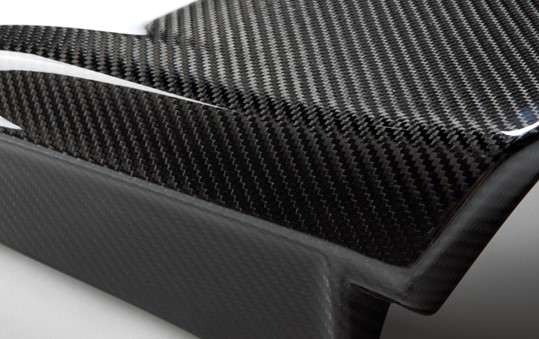
Overview
Carbon Fiber Reinforced Plastics (CFRP), as the name implies, refers to plastics reinforced with carbon fibers. The initial letter refers to the type of fiber used; C being carbon, G being glass fibers, and A being aramid fibers. Since CFRPs are composed from a combination of reinforcing fibers and resin (plastic), they are referred to as a “composite” or “composite material”. In this section, we will introduce the characteristics and applications of CFRP.

Carbon Fiber Characteristics
We will begin by discussing composite materials.
Composite Materials
A composite material is a material composed of two or more different materials with properties not obtainable with a single material. Reinforced concrete, for example, is a composite material whereby the concrete is reinforced with steel bars to improve tensile stress. With fiber-reinforced plastics (FRP), the plastic is fortified with carbon fibers and other materials to produce added strength and properties not exhibited in pure plastics, allowing us to create structures that are far lighter and stronger. While the term “composite” is a less familiar technical jargon, the technique that has been around for a long time.
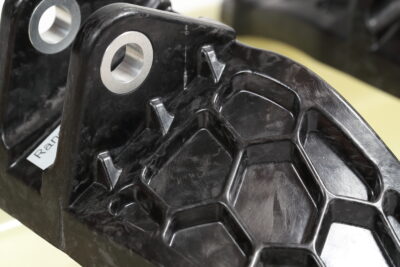
Carbon fibers are broadly classified into two types according to the raw materials used.
PAN-based
PAN(Poly-acrylonitrile)-based carbon fiber is produced from acrylonitrile through a series of processes; PAN fiber synthesis, flame retardant treatment, carbonization, graphitization, surface treatment, and sizing. It is predominantly used in structural parts for automobile and aircrafts.
Pitch-based
Pitch-based carbon fiber is composed from coal, petroleum, and coal tar by-products (pitch) through a process of carbonization, surface treatment, and sizing at high temperatures. It is mainly use for industrial-use robot arms and synthetic satellite components.
Resin Characteristics
Resin used as a matrix has two key characteristics which we will discuss below.
Thermosetting Resin
As the name suggests, thermosetting resins are resins that react and harden (cure) when heat is applied. Resins such as polyester, epoxy, phenol, bismaleimide, cyanate, and polyimide are selected and used according to the heat resistance and properties required for the product.
Thermoplastic Resin
Thermoplastics are resins that soften when heated and solidify when cooled—similar to chocolate. Resin types, such as general engineering plastics (PP/PA/PC/TPU) and super engineering plastics (PEI/PPS/PEEK/PEKK) are selected and applied according to the properties required for the product.
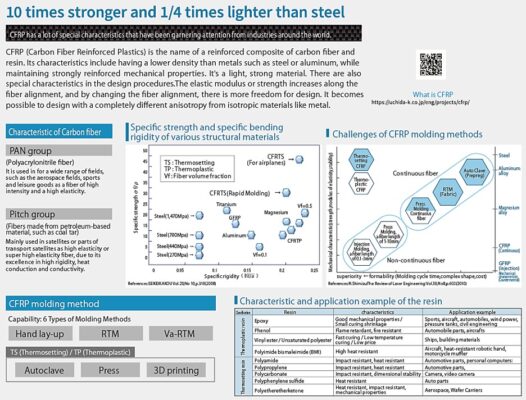
Properties/Physical Characteristics
Now that we have covered the material, let’s delve deeper into the unique properties and physical characteristics of CFRP.
Anisotropic Material
In anisotropic materials, strength values vary according to the fiber orientation. Therefore, material design to determine the optimal fiber orientation, type, and volume, is essential to producing both strength and performance.
Highly Heat-resistant
As carbon fibers are carbonized and formed at temperatures exceeding 1,000°C, the heat-resistant level is defined by resin used as the matrix.
Low Specific Gravity
The 1.5-1.7g/cm3 specific gravity exhibited by CFRP clearly demonstrates its superiority to metals in regard to weight reduction, giving due credit to the attention it is receiving.
Superb Strength and Elasticity
CFRP has a wide tensile strength range of 3,000-7,000 MPa and tensile modulus range of 50-900 GPa, depending on the fiber used. It therefore offers superior flexibility for custom designing according to needs and application. This is one of CFRP’s main characteristics.
Dimensional Stability
Resin assumes a low thermal expansion coefficient. While resin used as a matrix has a thermal expansion coefficient on the positive, carbon fiber has a thermal expansion coefficient on the negative. Thus, the type and orientation of the carbon fibers permits a zero thermal expansion, offering possibilities not achievable with non-composite pure plastics.
Other Characteristics
As listing all the merits will drag on, we’ve created a short list of its other characteristics.
Non-rusting, vibration damping, conductivity, fatigue properties, X-ray transmission properties etc.
Applications
So far, we have discussed the key characteristics of CFRP. Now let’s next look at its applications and case studies.
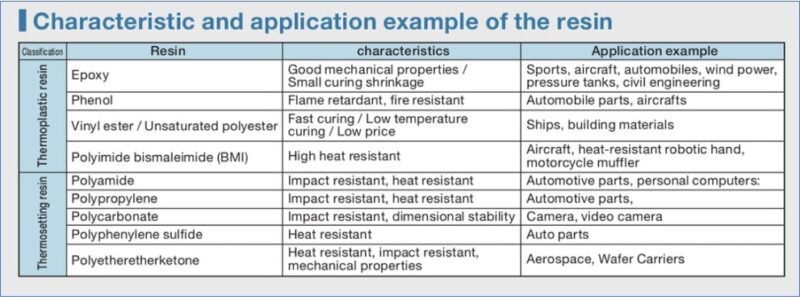
Aircrafts
The body of the widely used Boeing 787 commercial aircraft is largely constructed with CFRP, accounting for approximately 50% of its total body weight. By significantly reducing the body weight, aircrafts are expected to operate more efficiently on long-haul routes, with better fuel efficiency and higher cruise speeds than conventional aircrafts. The enhanced and drastic flexing of the main wings is visible from onboard the plane during take-off. Observing CFRP in action offers a first-hand experience into how its strength and flexibility drastically changes the architecture of aircrafts.
Automobiles / Bicycles
CFRP is primarily used in racing vehicles and parts (F1 and GT) in the automobile and motorbike industry. In a competitive word where 0.01 second can mean the difference between winning or losing, weight reduction is a key dividing factor.
For automobiles on public roads, CFRP parts are widely used as structural parts for supercars such as Lamborghini and Lexus LFA. However, for mass-market cars, CFRP parts are generally only used as optional parts (hood, roof, and rear spoilers, etc.). The reality is that CFRP still faces many challenges in mass-production and production cost efficiency.
Sports and Leisure Goods
When it comes to the leisure and sports, CFRP products are quite common. Tennis rackets, golf shafts, fishing rods, archery, bicycles, canoes, drones, radio-controlled vehicles, baseball bats, and other products that take advantage of CFRP all offer a first-hand experience of CFRP’s unique characteristics in various situations.
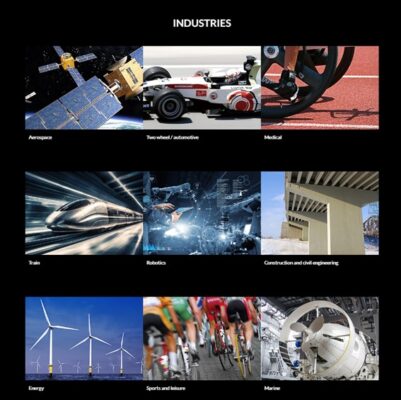
Summary
In this article, we introduced the key aspects of carbon fiber reinforced plastics. As an advanced material, there is still limited information of which is often difficult to decipher. Its most significant characteristics are that it is “lightweight, strong, and non-corrosive.” CFRP is a fascinating material, but while it has advantages, it also has drawbacks such as manufacturing complexity, costs, and challenges in mass production. We encourage you to consider introducing CFRP parts knowing the disadvantages side-by-side with the advantages.

Related useful contents
You can explore related content by clicking on a topic of interest.
ABOUT UCHIDA - 55 years since our founding
We leverage a wealth of technical expertise as a CFRP molding and processing manufacturer using FRP, GFRP, and CFRP materials. We offer a one-stop solution, encompassing design, analysis, manufacturing, secondary processing, assembly, painting, quality assurance, and testing.
UCHIDA's equipment
We have cutting-edge equipment to ensure that we can address even the most advanced challenges of our customers.
Video Library
In the following video, we provide a detailed overview of our manufacturing process. Please feel free to watch and learn more.


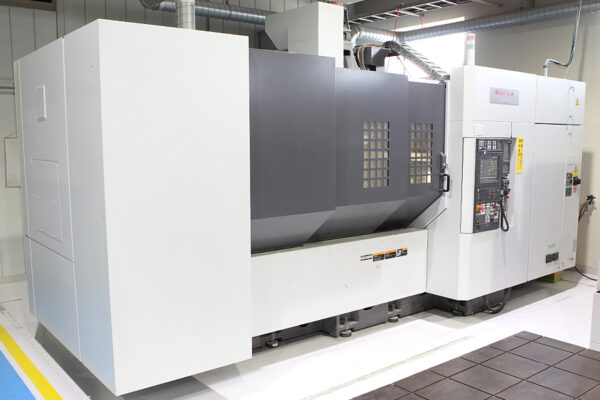
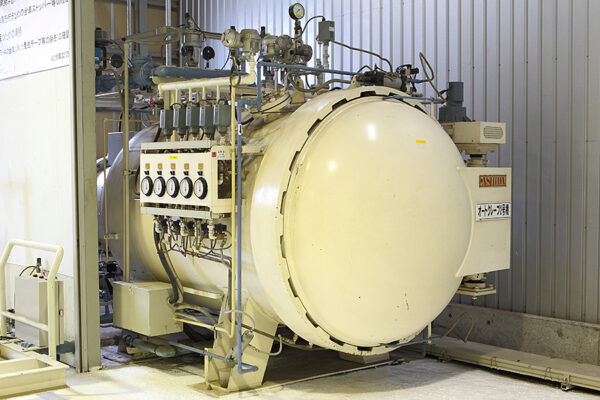
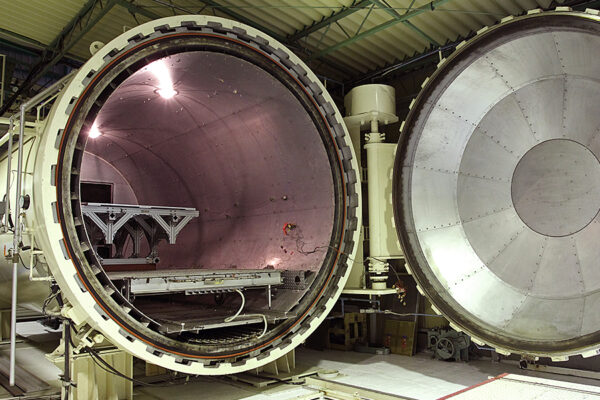
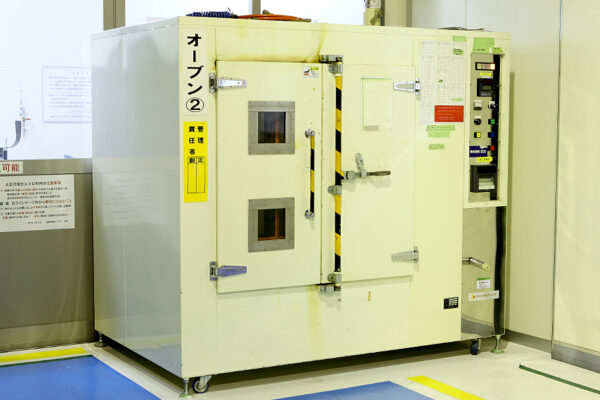
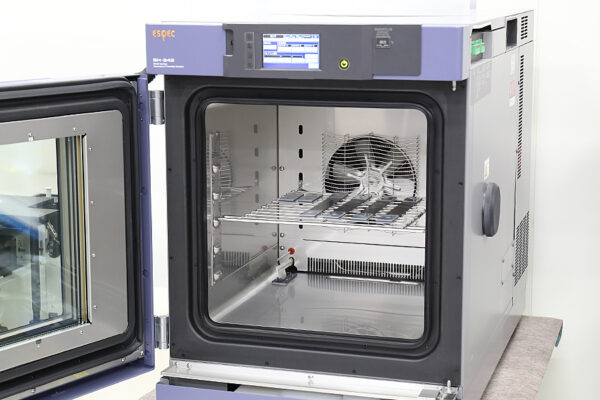
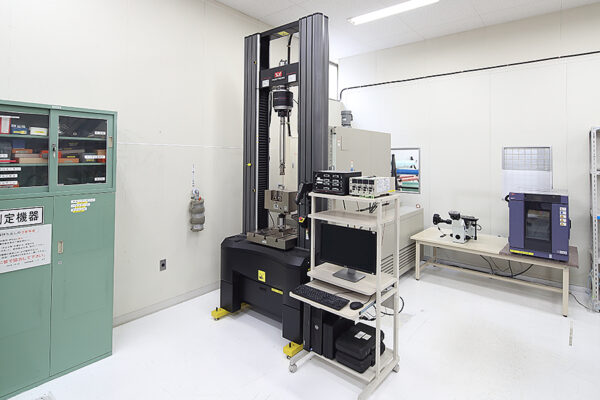
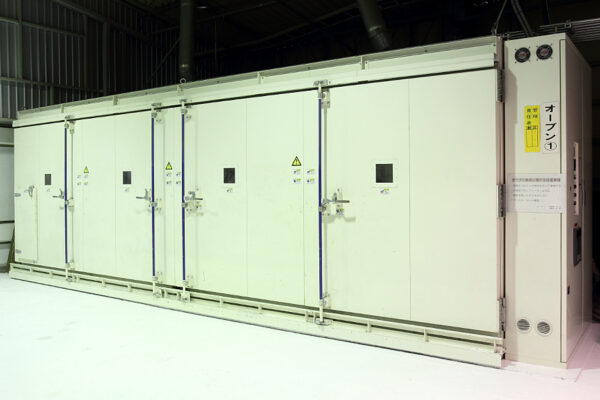
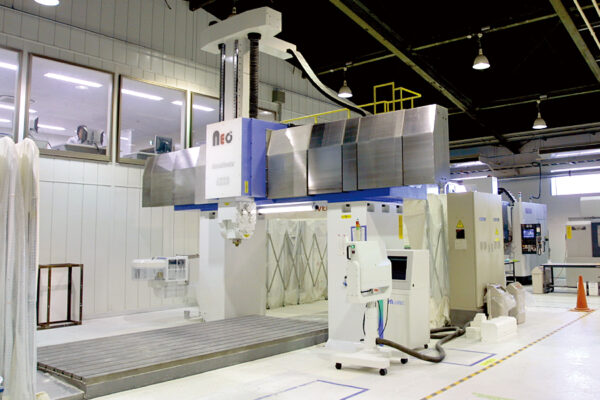
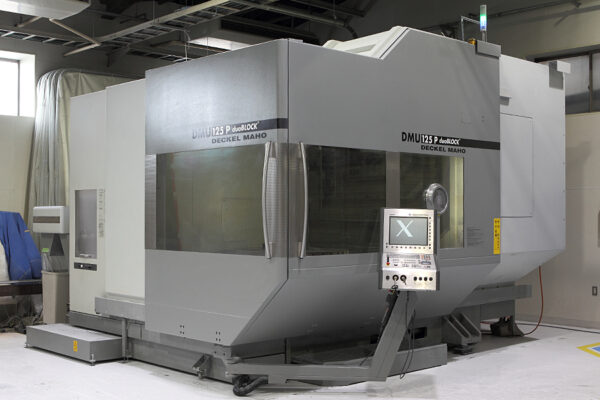
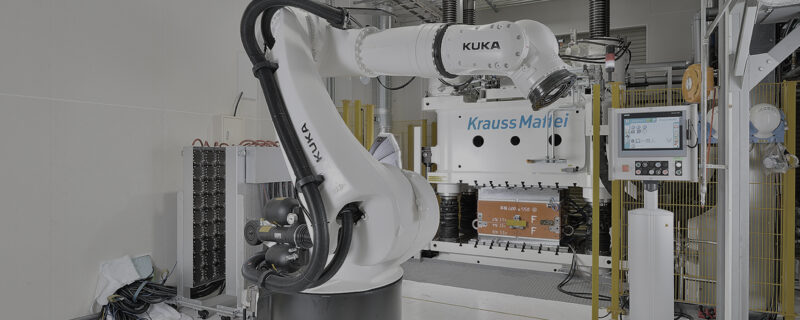
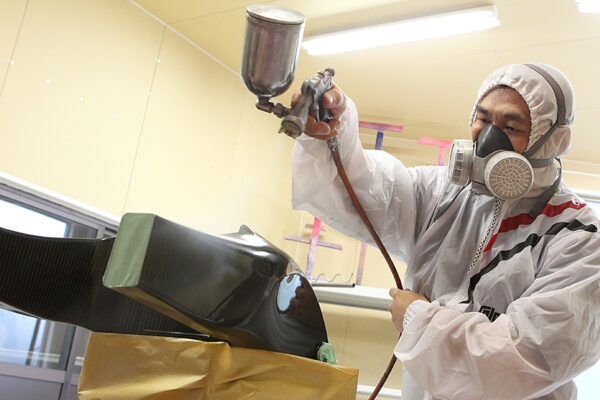
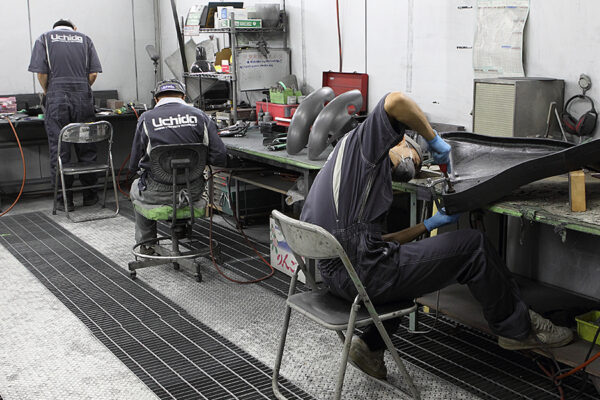
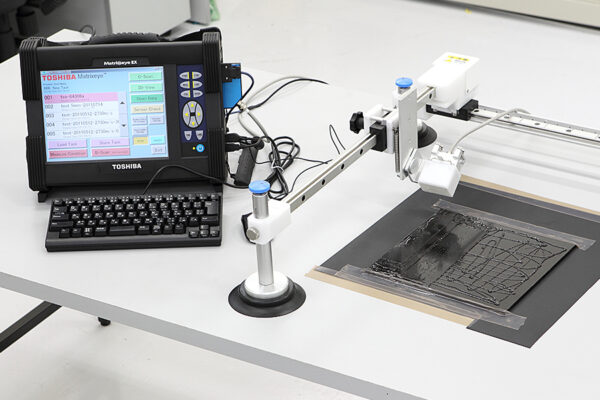
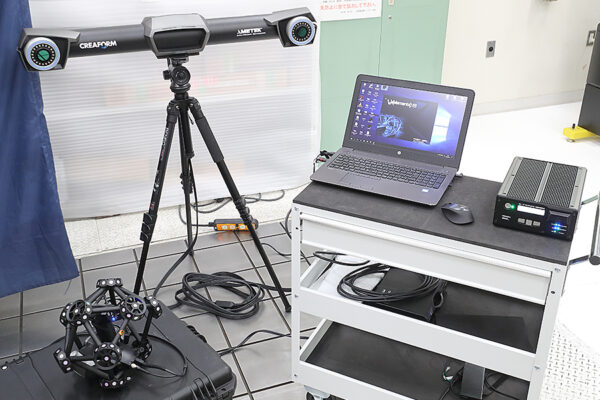
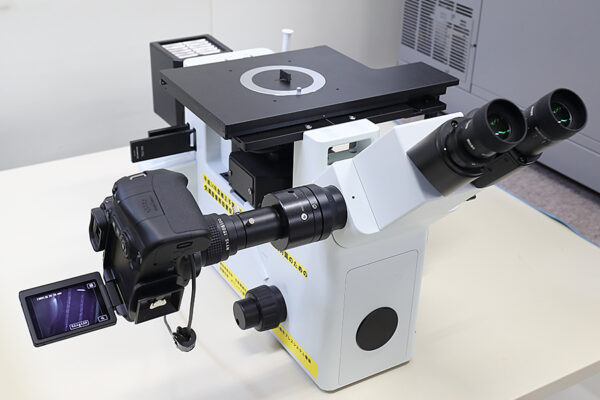
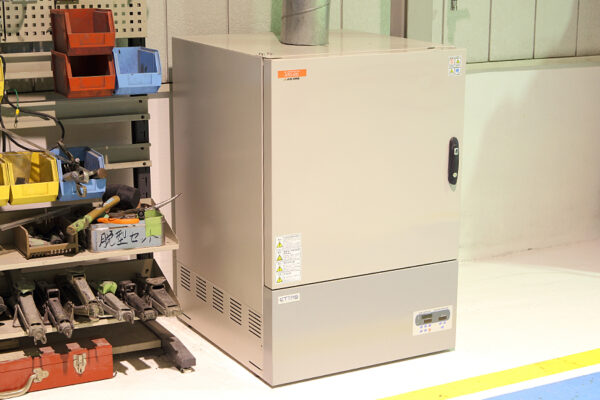
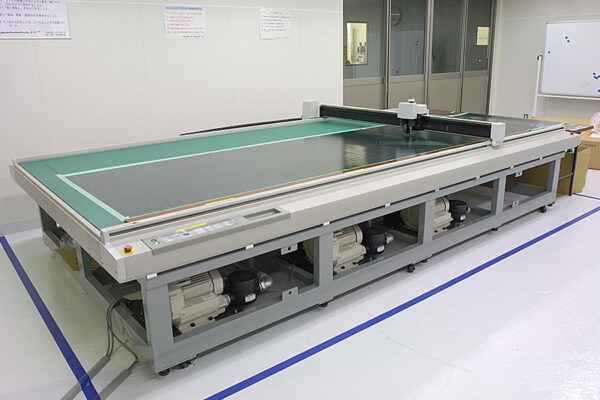
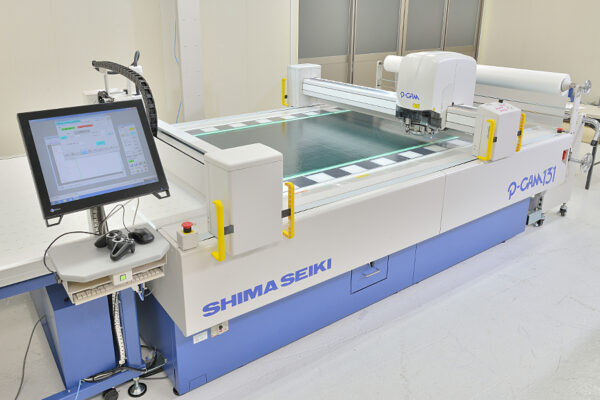
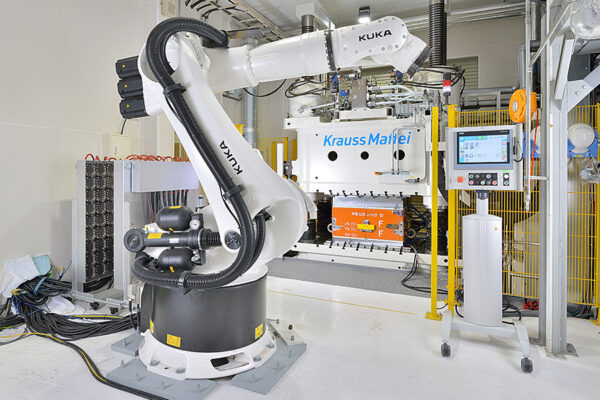
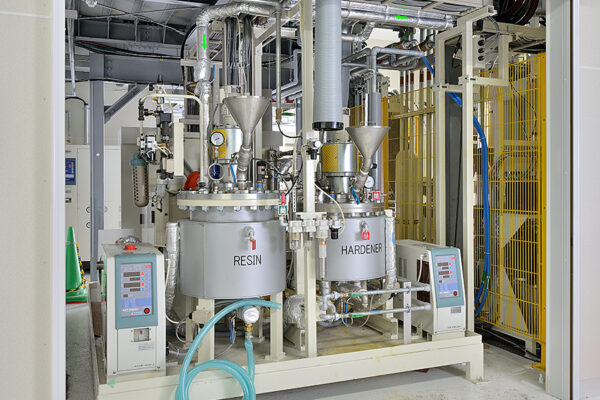
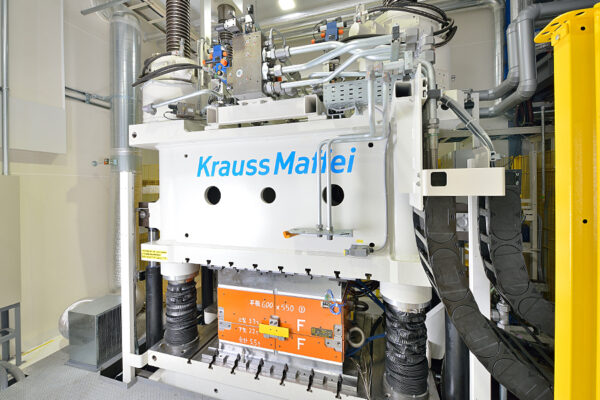
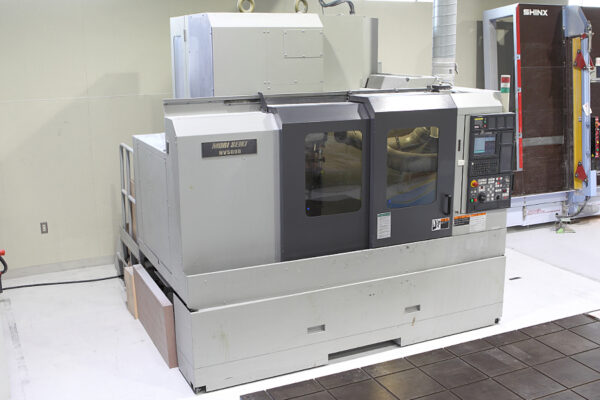
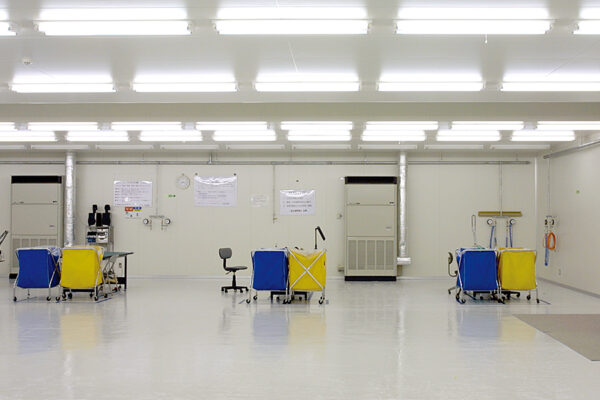
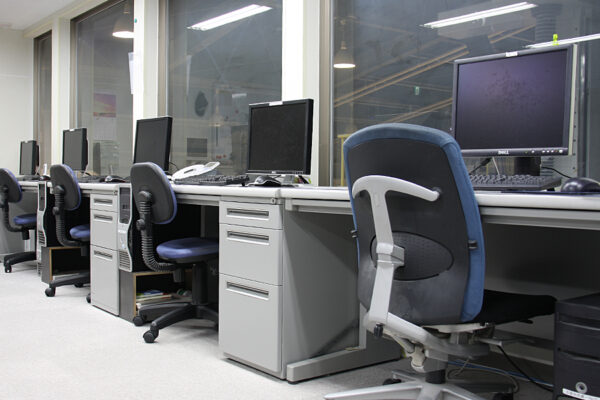
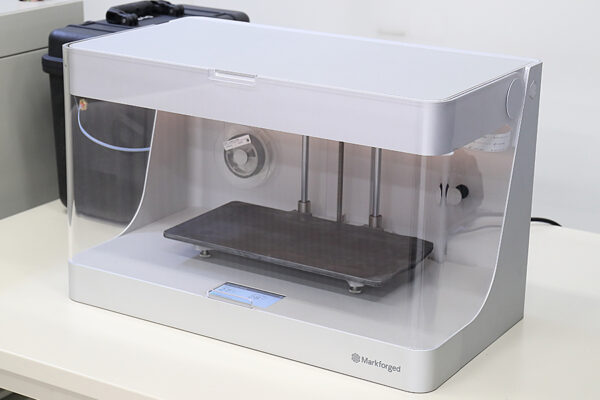
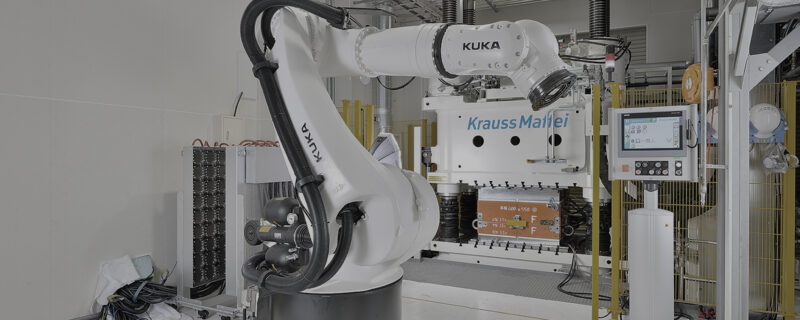

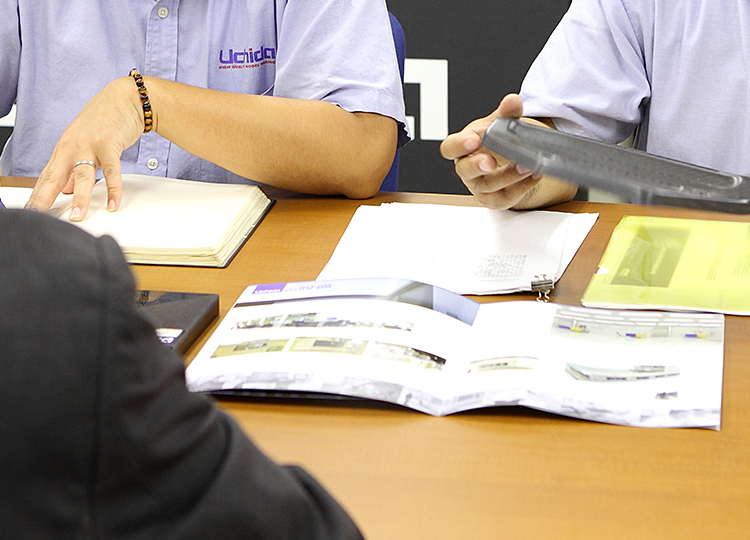
ピンバック: 【コラム】CFRP航空機・宇宙分野へのCFRP適用 | 株式会社UCHIDA
ピンバック: 【コラム】FRP・GFRP・CFRP 切削加工・機械加工 | 株式会社UCHIDA
ピンバック: 【コラム】FRP・GFRP・CFRP 短納期に対応 | 株式会社UCHIDA
ピンバック: 【コラム】炭素繊維強化プラスチック成形『CFRP』 | 株式会社UCHIDA
ピンバック: 【コラム】コンポジット・カーボンコンポジット『CFRP』とは? | 株式会社UCHIDA
ピンバック: 【コラム】コンポジット・カーボンコンポジットの作り方 | 株式会社UCHIDA
ピンバック: 【コラム】複合材料 メリット デメリット | 株式会社UCHIDA
ピンバック: 【コラム】軽量化のメリット『FRP・GFRP・CFRP』 | 株式会社UCHIDA
ピンバック: 【コラム】複合材・複合材料とは? | 株式会社UCHIDA
ピンバック: 【コラム】プリプレグ・CFRPプリプレグとは? | 株式会社UCHIDA
ピンバック: GFRPガラスエポキシ【コラム】 | 株式会社UCHIDA
ピンバック: 炭素繊維強化プラスチック成形『CFRP』【コラム】 | 株式会社UCHIDA
ピンバック: CFRP検査・品質保証【コラム】 | 株式会社UCHIDA
ピンバック: CFRP積層・CFRP成形技術【コラム】 | 株式会社UCHIDA
ピンバック: カーボン・CFRPの試作コストについて Vol.3設備費・リードタイム【コラム】 | 株式会社UCHIDA
ピンバック: CFRP成形加工【コラム】 | 株式会社UCHIDA
ピンバック: カーボン・CFRPの試作コストについて Vol.4対応可能な企業・サマリー【コラム】 | 株式会社UCHIDA
ピンバック: 航空宇宙分野のCFRP適用【コラム】 | 株式会社UCHIDA
ピンバック: UCHIDAの強み【コラム】 | 株式会社UCHIDA
ピンバック: カーボン・CFRPオートクレーブ成形とは?【コラム】 | 株式会社UCHIDA
ピンバック: CFRPリサイクル【コラム】 | 株式会社UCHIDA